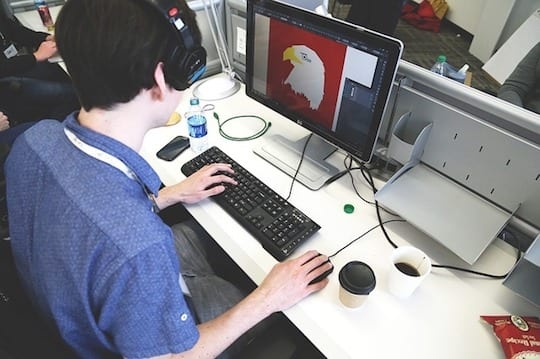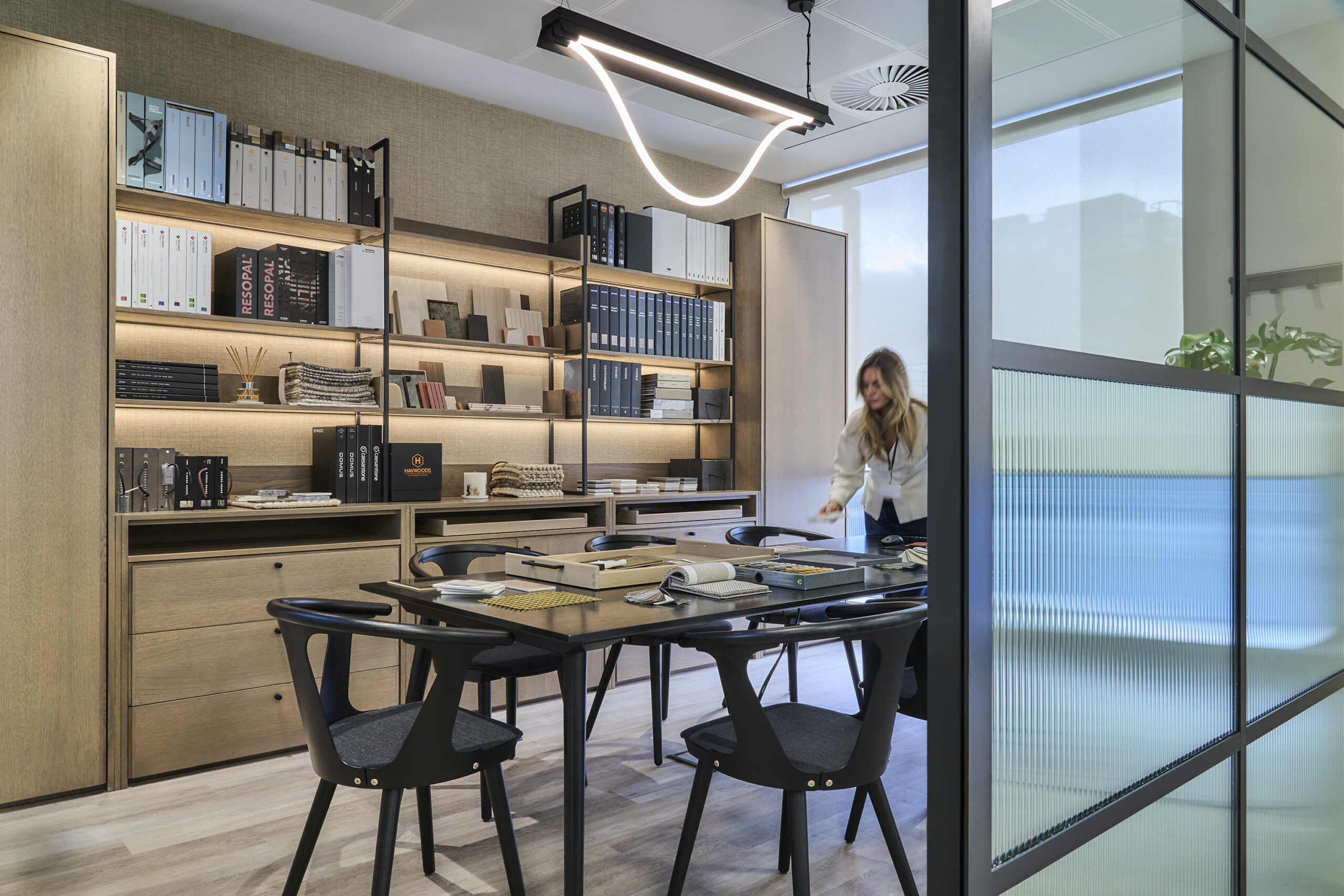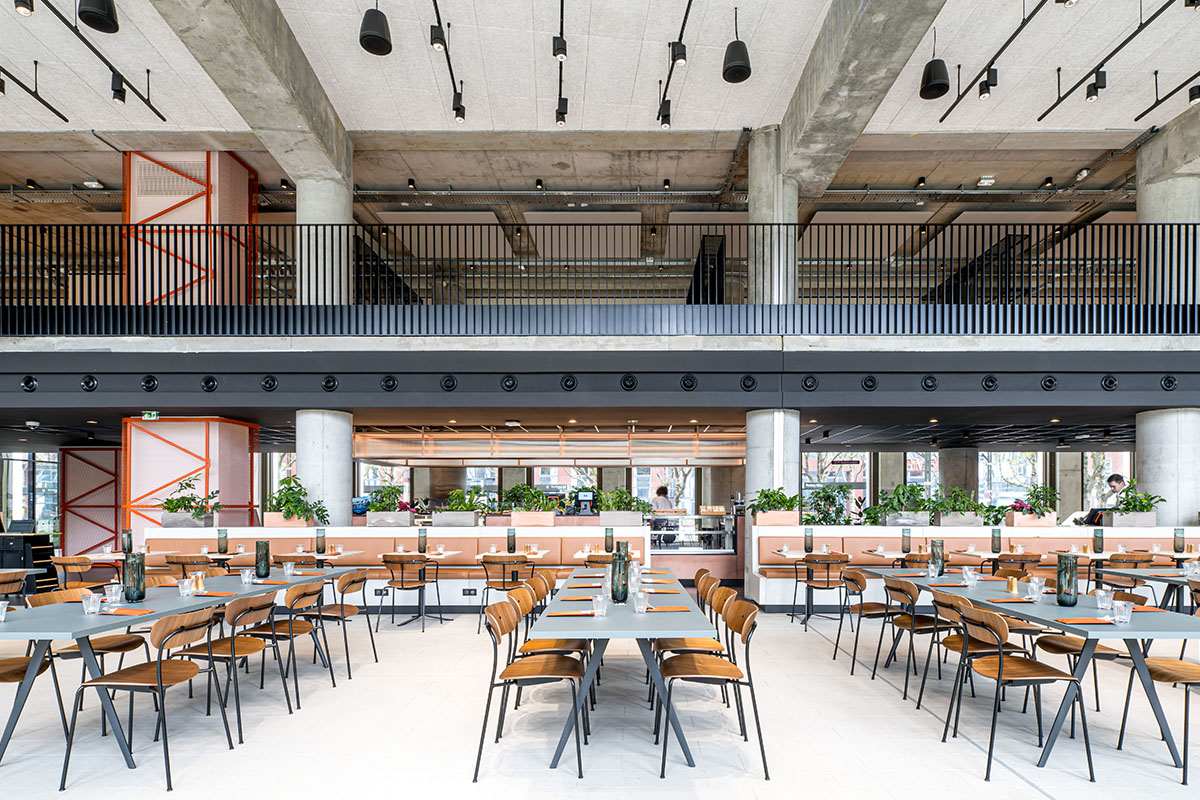 |||
|||
A Unispace survey of more than 2,000 global occupiers shows that firms are erroneously introducing open plan working environments believing that they will enhance staff productivity. In fact, it shows that many companies are overestimating the amount of time that they spend in meetings and “collaborating” while underestimating time required for concentration.
The survey data was split across four different continents and across different sectors. Distraction caused by noise was a continual theme across each of them.
I challenge the premise of the thinking that open plan workplace solutions are introduced to increase workplace collaboration. For some organisations that may be the case, however the origination of open plan solution is rooted in the effort to rein in real estate costs.
Our data clearly shows that on average, two hours per employee per day face to face collaboration is a reasonable amount to be effective. Organisations that plan for the more than the two-hour average are unknowingly facilitating an overly-collaborative environment that is potentially disruptive.
 Sam Sahni is regional principal, strategy, at Unispace
Sam Sahni is regional principal, strategy, at Unispace
Those firms that tend to ‘over-collaborate’ usually have environments that create barriers between different teams and departments, thereby creating silos. Over-collaboration is not intentional but ‘boiling frog syndrome’.
The three main reasons that companies set out to change their workplace is better collaboration, employee attraction/retention and savings. This is broadly consistent across each region.
However, the need for focus and concentration is not cited by clients as a key reason to change.
This leads me to conclude that our industry may have underestimated the value of focus-based work and its impact on productivity.
Effective collaboration is important, but not at the cost of focus. With a number of working tasks requiring concentration, there is an obvious benefit to a balanced, choice-led environment.
I should be clear that when we say ‘open plan’ that we specifically refer to a one-form open plan configuration ie, a sea of desks as far as the office-bound eye can see with no break.
Open plan without different forms of space to interrupt the rows of desks does not support privacy in the workspace and fails to support individuals pursuing alternative modes of working mode. There must be a variety of spaces to support the ability to focus and lend concentration to a specific task.
Workers in Professional Services firms spent most of their time in a typical working day in activities that required focus and concentration (66 per cent), with those in the US spending higher amount time concentrating (75 per cent).
Those in banking and finance spent 60 per cent of their time concentrating. Technology sector workers spent the least amount of time focusing (55 per cent).
The level of collaboration across the most popular professions was relatively static averaging only a quarter of the working day – 21 per cent per cent in professional services, 28 per cent in technology roles and 25 per cent in technology.
In all three of these professional sectors, more than two thirds of the working day was devoted to tasks requiring concentration and less than ten per cent of time for ‘socialising’.
In terms of ranking the top five inefficiencies, all three professional disciplines rated noise in the top two problems with a lack of quiet areas also cited.
In both professional services and the technology professions, they also rated privacy as being a third key concern in the workplace. I think we profoundly underestimate the issue of sound in the workplace and the disruptive impact it has.
Many workers are of course trying to escape the tyranny of the noisy workplace by working from home or isolating themselves with headphones, both of which represent the failure of design.
Organisations need to find the time and effort to assess engagement-led data prior to agreeing future direction for their workplace environments. Pre-implementation intelligence is key to ensure that your people and property cost centres click together.
It is equally important to prepare people for space, not just space for people.
Open plan studies are placing too much emphasis on collaboration and not focusing enough on the real cause of worker inefficiency – noise



















